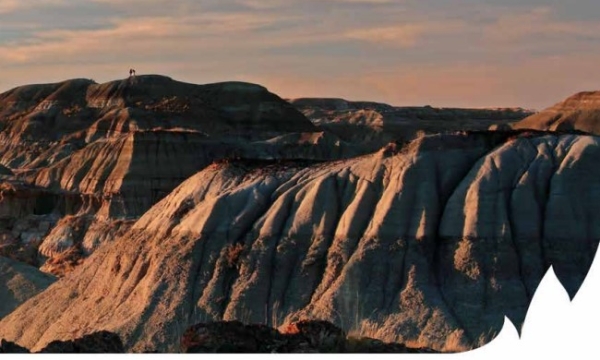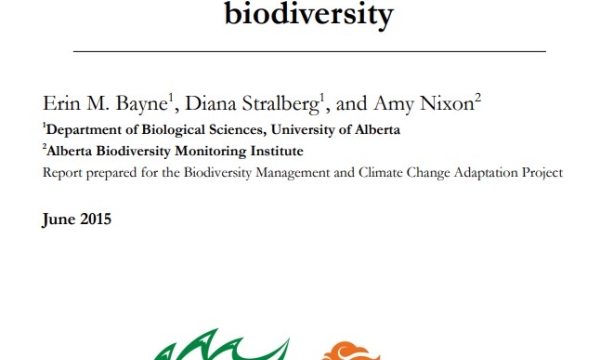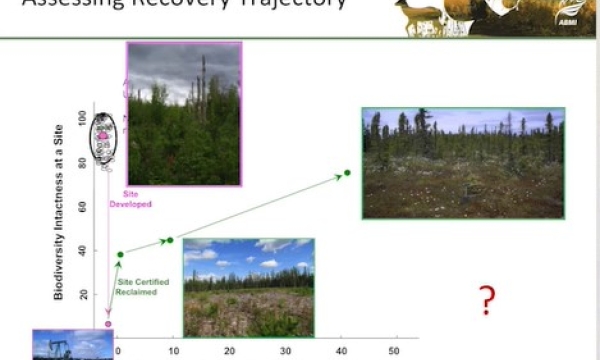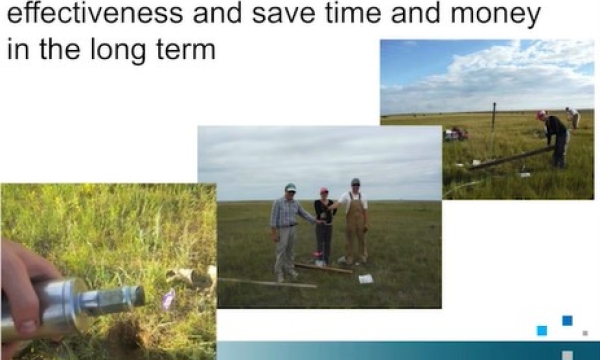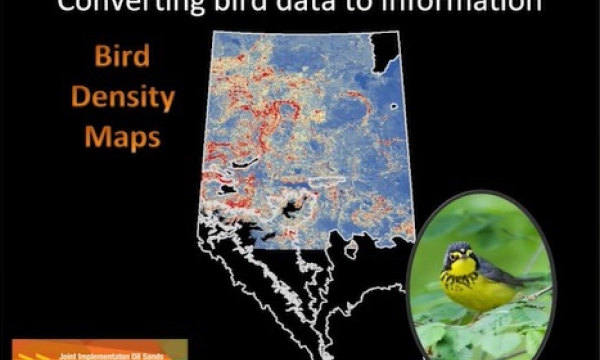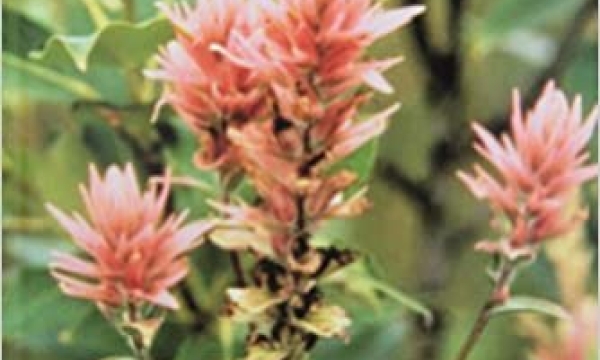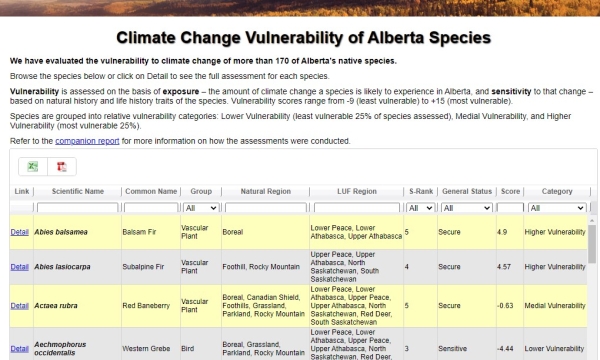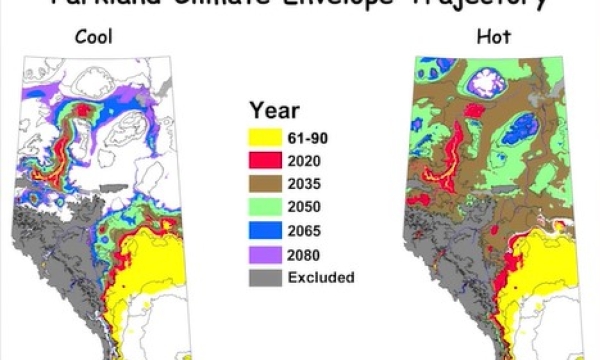Land Management Resources
Resource
Authors
Amy Nixon
Christopher Shank
Dan Farr
The Biodiversity Management and Climate Change Adaptation project has produced a comprehensive, evidence-based, and original examination of the effects of climate change on Alberta’s biodiversity
Resource
Authors
Erin Bayne
Diana Stralberg
Amy Nixon
Use of ABMI samples to understand genetic variation and changes in genetic structure is identified as an area where ABMI data can be used to understand how biodiversity is adapting to climate change
Resource
I will introduce ABMI’s Ecological Recovery Monitoring program, which is establishing long-term monitoring protocols to assess ecological recovery at certified reclaimed wellsites across Alberta
Resource
Determining appropriate indicators for measuring and monitoring reclamation success and ecological recovery rates can be challenging and often involves trade-offs.
Resource
I will demonstrate how data from ABMI can be combined with designed research studies to answer questions at spatial scales and temporal extents that are not possible for a single researcher to achieve
Resource
Authors
Robin Marles
Christina Clavelle
Leslie Monteleone
Natalie Tays
Donna Burns
This book describes the traditional Native American uses of more than 200 plants from Northern forests. Over 100 elders contributed information that they felt should be shared with other communities...
Resource
Authors
Boreal Avian Modelling Project
Bioclimatic niche models of current avian distribution and density for 80 boreal-breeding songbird species are mapped based on present counts and climate change models
Resource
Authors
Alberta Biodiversity Monitoring Institute
Vulnerability to climate change of more than 170 of Alberta’s native species is assessed on the basis of exposure and sensitivity to change
Resource
The presentation discusses the role of the ABMI in supporting regional Biodiversity Management Frameworks
Resource
As a consequence of climate change, current landscape patterns are unlikely to persist in the future. The types of ecological changes expected to occur as the climate warms are described


